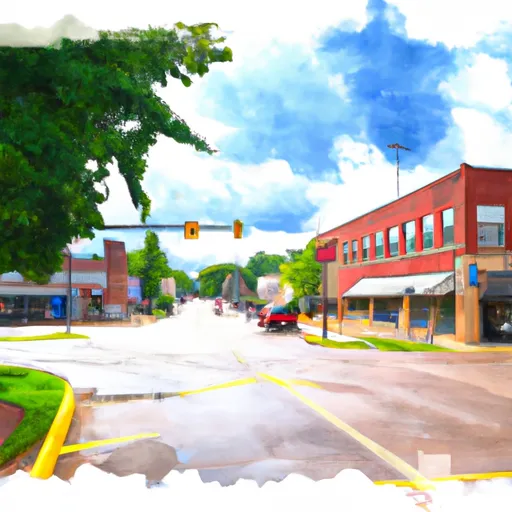°F
°F
mph
Windspeed
%
Humidity











Melrose, Ohio is a small town located in the western part of the state. The climate in Melrose is characterized by hot summers and cold winters. Summers are typically warm with temperatures ranging from the upper 70s to mid-80s Fahrenheit, while winters can be quite cold with temperatures dropping to the low 20s and occasionally below freezing. The area experiences moderate precipitation throughout the year.
Hydrologically, Melrose is situated near the Blanchard River watershed, which contributes to the town's water sources and hydrology constituents. The river provides recreational opportunities like fishing and boating for residents and visitors.
In terms of outdoor recreation, Melrose offers various opportunities for nature enthusiasts. The town is surrounded by picturesque landscapes, including forests and natural parks, which provide excellent settings for hiking, biking, and camping. The Blanchard River also offers opportunities for canoeing and kayaking.
Overall, Melrose, Ohio provides a climate with distinct seasons, a hydrology system connected to the Blanchard River, and offers outdoor recreation activities centered around the river and surrounding natural areas.
Weather Forecast
Melrose receives approximately 922mm of rain per year, with humidity levels near 82% and air temperatures averaging around 10°C. Melrose has a plant hardyness factor of 6, meaning plants and agriculture in this region thrive during a short period during spring and early summer. Most plants will die off during the colder winter months.
Nearby Snowpack Depths
7
Inches
Regional Streamflow Levels
939
Cubic Feet Per Second
1,150
Cubic Feet Per Second
56
Cubic Feet Per Second
38
Cubic Feet Per Second
Nearby Camping
| Camping Area | Reservations | Toilets | Showers |
|---|---|---|---|
| Sleepy Hollow State Park | |||
| Lake Hudson State Rec Area | |||
| Pleasant Lake | |||
| Portage Lake - Waterloo State Rec Area | |||
| Harrison Lake State Park |



